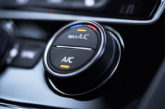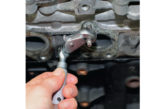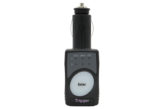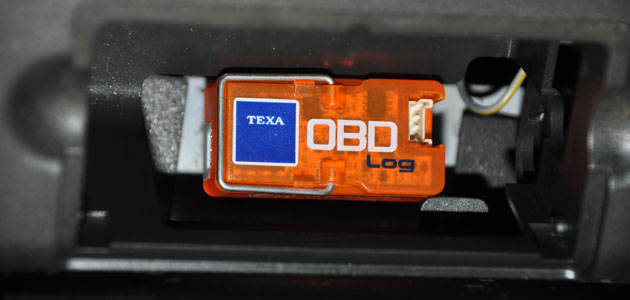
How many times has a customer brought their car to your workshop with a problem, but as soon as it gets within 100 yards of your door, the problem disappears? I call it ‘the toothache to the dentist’ syndrome, others will call it ‘a pain in the trackside’ – metaphorically speaking. In all seriousness, it can be frustrating for both customer and technician, especially when it comes to engine performance.
One possible solution is to plug in your fault code reader/diagnostic tool, but that doesn’t always find the fault if it’s not logged into the ECU. The problem could be very specific to certain conditions which are not easy to replicate in the workshop. To make matters worse, they might only occur once in a blue moon. This leaves the customer with the choice to leave the car for a few days so that repeated road tests might shed some light on the fault, or he/she can take the car away to see if the fault worsens or becomes more frequent. Not really satisfactory because the vehicle might break down in the meantime, something that the customer clearly wanted to prevent from happening by bringing the vehicle to you in the first place.
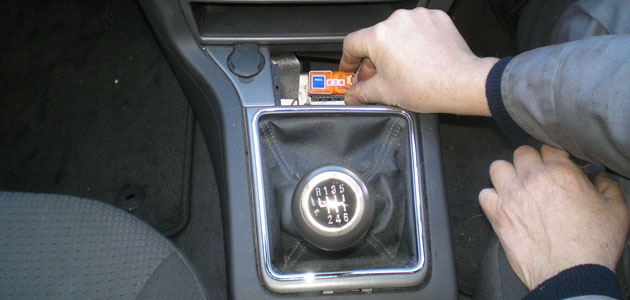
Neat solution
To help assist with this potential issue, the experts at TEXA have produced a neat solution that can help get to the root of the problem. The OBD Log is a device that simply plugs into the vehicle OBD socket and can provide the technician with additional live systems data, when the vehicle is being driven in everyday conditions, to help assist them with their diagnosis.
The product is designed to fit 16-pin plug connectors (Euro 2 and later for petrol engines/Euro 4 and later for diesels) and is similar in size to the adaptor on the end of a fault code reader. Once installed it runs automatically – there are no start up procedures – you just start the car and it starts to record live data until the engine is turned off. The car can then be driven for as long as you like, stopping and starting as many times as you want for a number of days or weeks. The data is then recorded onto the OBD Log which continues until the memory is full. When this occurs, new data will replace old data, but most importantly any relevant data and the point of error occurrence will be stored.
The data then has to be retrieved from the OBD Log, which is achieved by connecting it to your PC and viewing the results using the software provided. Each trip can be viewed, showing up to eight parameters at a time in graph form, though the available parameters do vary according to the make of the vehicle. Because the graphical display also contains a time scale, you can easily identify the point at which the fault occurred. To then assist identification of the fault and its causes there are three cursors at the bottom of the graph, allowing for in-depth analysis of the data.

Reliable and accurate
I used the OBD Log on several applications, including both petrol and diesel engines, and found the results to be reliable and accurate. It should be pointed out that the tool shouldn’t be seen as a replacement for oscilloscope diagnostics, but if you don’t possess a scope then this will certainly boost your capability to diagnose engine electronic component faults.
VERDICT:
I was really impressed with the OBD Log and would recommend this as an excellent addition to the technician’s product portfolio to assist with intermittent fault diagnosis.




